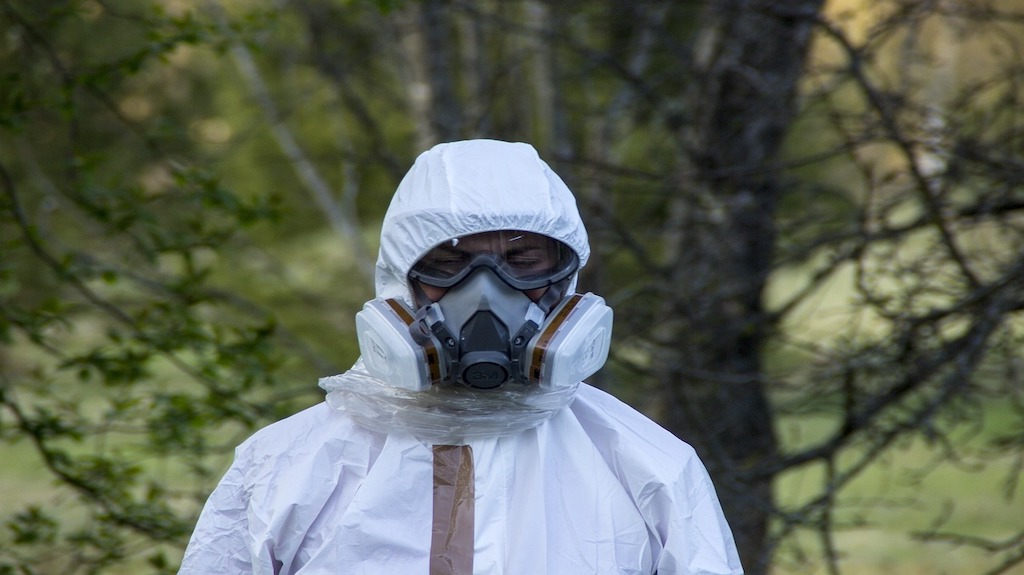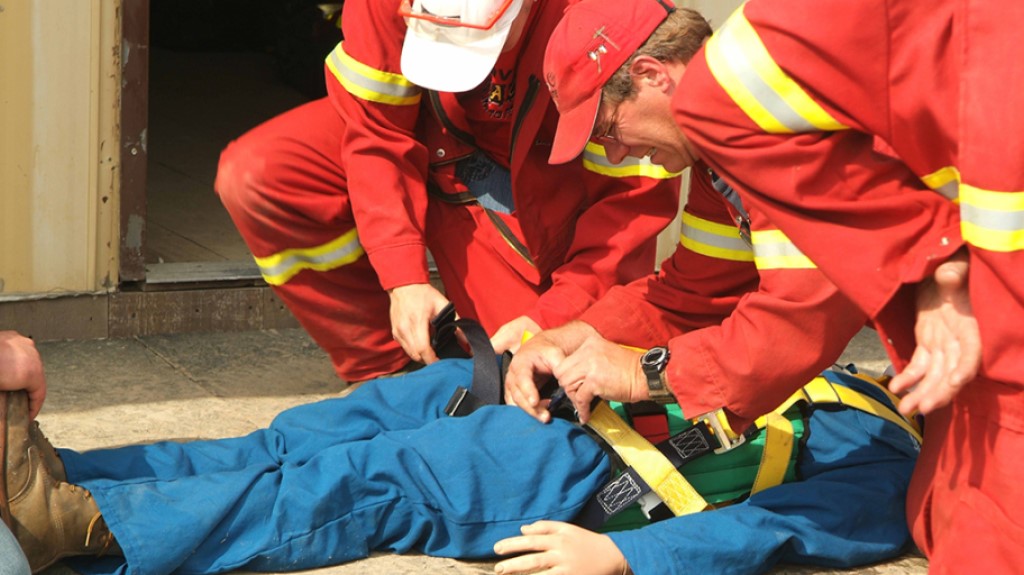Are you aware of the different types of legislation in Ontario regarding work site safety? In this article, we will discuss some of the laws in place to keep you safe on the job, as well as industry-specific training.
If you’d like to jump ahead to another section, click on the corresponding link.
Do you need worksite safety training? At ACUTE, our instructors have over 200 years of combined experience! We offer a multitude of courses including work at heights, 40-Hour Hazwoper and confined space entry. You can also view our full list of training here.

Legislation: The Backbone of Work Site Safety
Working in Ontario means prioritizing your health and safety. Luckily, there are strong laws in place to keep you protected! Here’s a breakdown of the key legislation and some industry-specific training tips:
1. Occupational Health and Safety Act (OHSA)
The Occupational Health and Safety Act (OHSA) is a Canadian law that governs workplace health and safety. It applies to almost every worker, supervisor, employer, and workplace in Ontario, with the exception of federally regulated workplaces and private residences.
Key provisions of the OHSA include:
- Employer responsibilities: Employers are required to provide a safe and healthy workplace, take reasonable precautions to protect workers from injury or illness, inform workers about job hazards and training, and provide personal protective equipment.
- Worker rights: Workers have the right to a safe and healthy workplace, to be informed about hazards, to participate in health and safety committees, and to refuse unsafe work.
- Joint health and safety committees: Employers are required to establish joint health and safety committees or select health and safety representatives to help identify and address workplace hazards.
- Investigation and enforcement: The Ministry of Labour can investigate workplace accidents and incidents and issue orders to employers to correct unsafe conditions.
The OHSA is designed to protect workers from injury and illness by setting out minimum health and safety standards and providing a framework for enforcement. For more information on the OHSA, you can visit the Ontario government website.

OSHA is in place to ensure your work site safety.
2. Workplace Safety Plan Builder
The Workplace Safety Plan Builder is an online tool designed to help businesses in Ontario, Canada, create and update their respiratory infectious illnesses (such as COVID-19 and the flu) work site safety plans. It’s a free interactive resource that guides users through a series of questions about their workplace, risks, and existing control measures.
Key features of the Workplace Safety Plan Builder include:
- Customization: The tool allows businesses to tailor their safety plans to their specific needs and circumstances.
- Guidance: It provides step-by-step instructions and suggestions to help users create comprehensive and effective plans.
- Updates: The tool is regularly updated to reflect changes in public health guidance and regulations.
While the Workplace Safety Plan Builder is primarily focused on infectious respiratory illnesses, it can also be used as a starting point for developing broader workplace safety plans. However, it’s important to note that businesses should consult with relevant health and safety experts to ensure their plans are comprehensive and address all potential hazards in their workplaces.
You can access the Workplace Safety Plan Builder on the Ontario government website.

The Workplace Safety Plan Builder is designed to help create and update respiratory infectious illness work site safety plans.
3. Industry-Specific Training
Beyond general work site safety, some jobs require specific training to address unique hazards. Here are some examples:
- Working at Heights: Painters, roofers, and window washers – this training equips you with the knowledge and skills to safely work on elevated surfaces, using fall protection equipment.
- Lift Truck Operation: Warehouse workers – this training ensures you can operate forklifts and other powered lift trucks safely and efficiently.
- Confined Space Entry: Workers in tunnels, tanks, or silos – learn how to identify and address hazards associated with entering and working in confined spaces.
- Working with Hazardous Materials: Those handling chemicals, asbestos, or other hazardous materials – this training emphasizes safe handling, storage, and disposal practices.
Remember: Don’t be afraid to ask your employer about relevant safety training! It’s their responsibility to ensure you have the knowledge and resources necessary for a safe work environment.

Some jobs require industry-specific training such as Working At Heights.
Work Site Safety With ACUTE

Are you looking to learn more about worksite safety? ACUTE is here to help!
ACUTE’s state-of-the-art training simulators provide the most effective and reliable method for training staff in a variety of critical safety areas. Our offerings include:
- Confined Space Simulators: Realistic training environments for safe and effective confined space entry and exit procedures.
- Working at Heights Practical Simulators: Hands-on training to ensure proper use of fall protection equipment and safe working practices.
- Construction Projects Asbestos/Mold Abatement Demonstration Area: A controlled environment for learning about asbestos and mold identification, handling, and abatement techniques.
- Live Residential Building for Rooftop/Construction Training: Real-world experience in rooftop and construction safety, including fall prevention and emergency procedures.
Discover why ACUTE is Ontario’s leading choice for comprehensive health and safety training. Contact us now!

